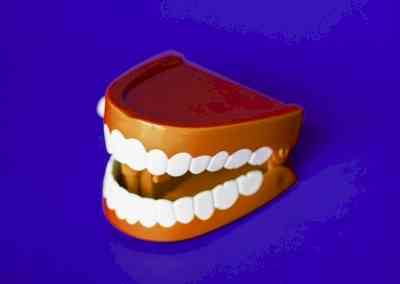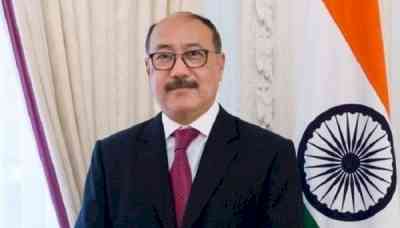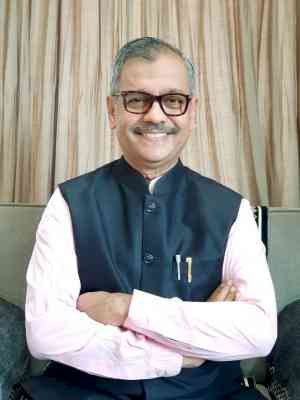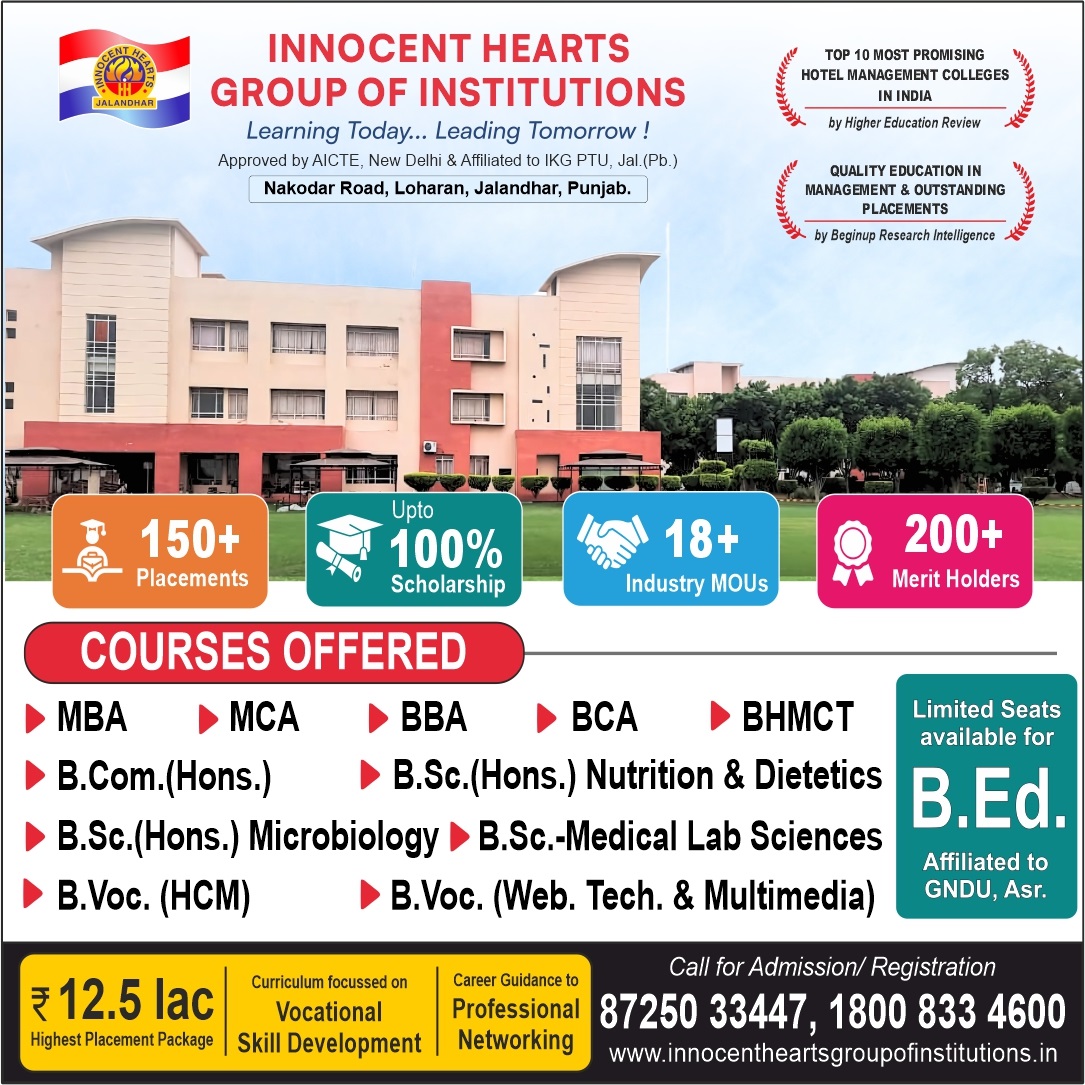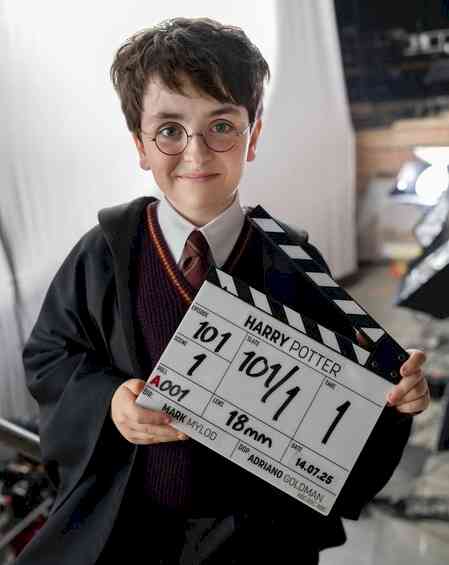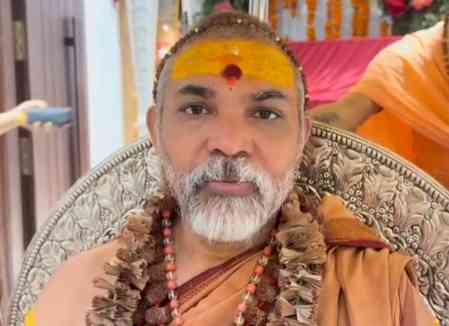Sedentary lifestyle increasing cardiovascular diseases among youth
Avoid heart-related diseases by eating healthy, exercising, reducing stress and quitting smoking: Dr Bali
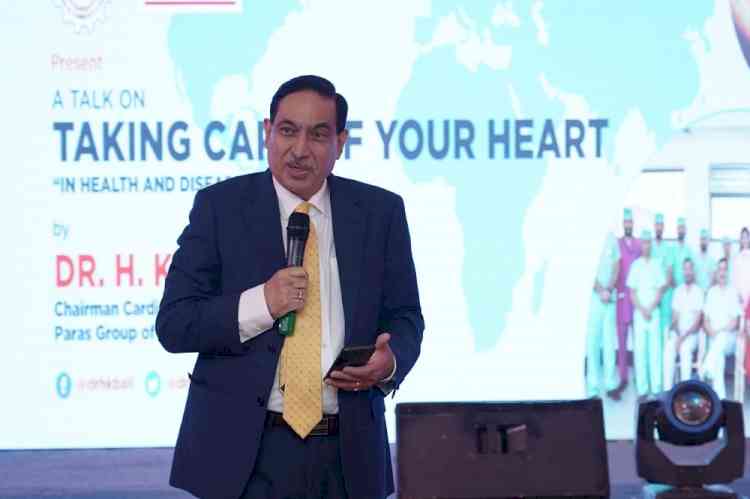
Says patients with acute heart attack should be treated with primary angioplasty within 90 minutes
Chandigarh, December 26, 202: “Sedentary lifestyle is leading to a rapid increase in cardiovascular diseases, especially among the youth, in India. However, the heart-related diseases can be prevented by modifying your lifestyle, which includes eating healthy, exercising, reducing stress and quitting smoking”, said Dr HK Bali, chairman, Cardiac Sciences, Paras Group of hospitals, during a talk on ‘Taking Care of Your Heart’, which was organized by Haryana Chamber of Commerce and Industry (HCCI) and ‘The HEART Foundation’.
“10 per cent of patients getting admitted with heart attacks in different hospitals in India are less than 40 years old. However, this percentage is increasing significantly now and more and more young people are getting cardiovascular diseases. This is because people are living a sedentary lifestyle, which is increasing lifestyle diseases like—hypertension, diabetes, obesity, among them”, Dr Bali said.
While explaining about the tips to prevent hearth-related illnesses, Dr Bali further added that to prevent lifestyle diseases, the risk factors for heart-related diseases, must be controlled to have a healthy heart and healthy life. “People must eat a balanced diet and avoid trans-fats. People must do moderate exercise for 30 minutes daily at least five days a week.Yoga is extremely good and should be included in our daily routine,he advised. Further, stress should be reduced in daily lives to prevent one from catching the long term heart related issues”, he said.
Dr Bali further said that after the age of 35, everyone must undertake comprehensive fully-body health checkup, so that heart diseases can be diagnosed early and treated well in time.
Dr Bali said that these days, advanced technology is being used to treat the patients that help in faster recovery and lower complication rates.He said that in complicated cases image guided angioplasty using either Intravascular ultrasound ( IVUS) or Optical Coherence Tomography( OCT) gives best short term and long term results “Patients who have critical coronary artery diseases, multiple comorbidities and severe left ventricular dysfunction can also be safely treated now. These patients could not earlier get surgery or angioplasty because of very high procedural risk. These patients, who had previously "no option, can now be treated safely by using a miniature mechanical circulatory support pump called Impella. This pump is inserted from the groin artery non-surgically and makes the angioplasty procedure completely safe in these critically sick patients. We have treated many such extremely high risk patients safely in the last few months”, said Dr Bali.
Dr Bali further added that patient with acute heart attack should be treated with primary angioplasty and the blocked artery should be opened within 90 minutes as more heart muscle gets damaged with each passing minute. “If primary angioplasty can't be done in a short time, it is reasonable to use thrombolytic treatment and best results are seen if these ‘clot busters' are used in the first hour after the heart attack”.
Dr Bali further said that for elderly patients with co-morbidities open heart surgery for valve carries a very high anaesthetic and surgical risk.Now with latest non-surgical technique of Aortic Valve replacement – TAVI (Trans catheter Aortic Valve Implantation) these patients can undergo successful Aortic valve replacement entirely non surgically and without general anaesthesia.The valve is implanted from one of the artery in the groin and the patient is discharged in a couple of days,said Dr Bali


 City Air News
City Air News 
